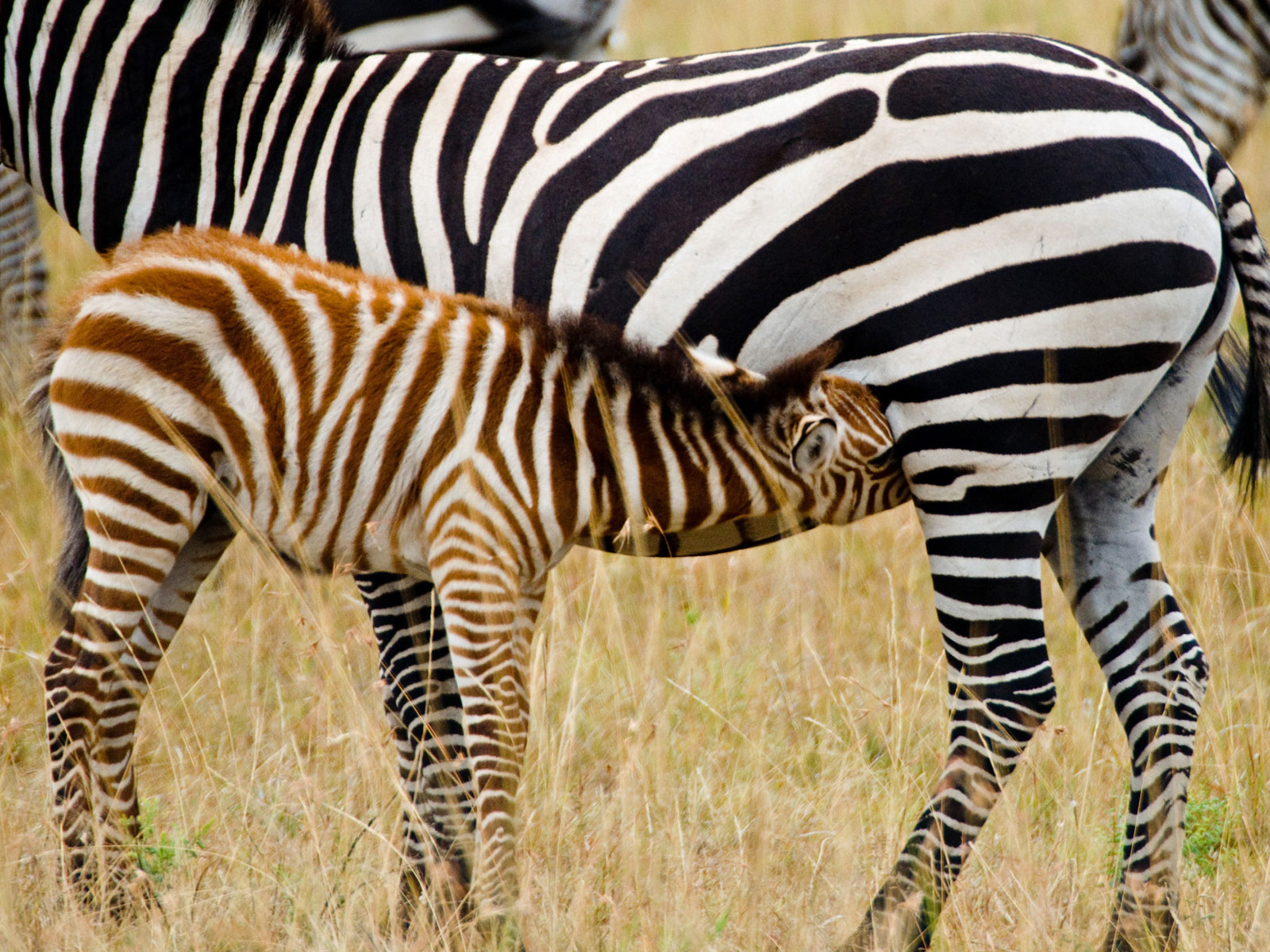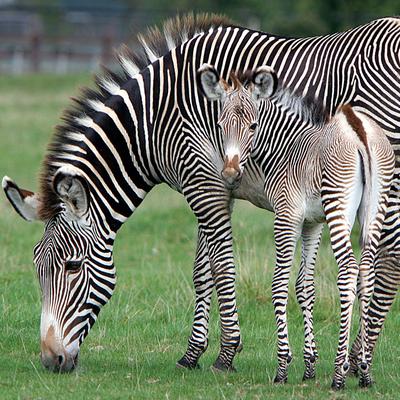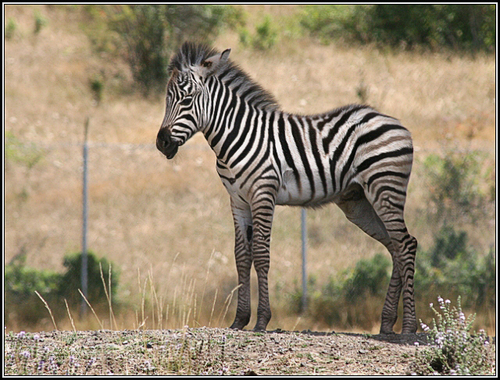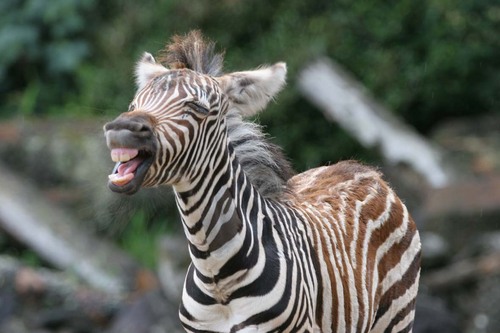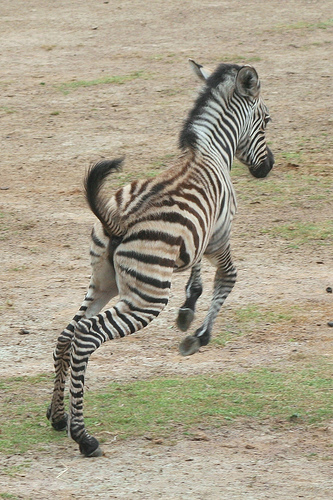Amazon Rain Forest Monkeys
There are so many species of monkeys in the Amazon rain forest that scientist have not yet discovered all of them. In fact, in early 2009 a brand-new species, Mura’s tamarin, was found in a remote part of Brazil—and it’s already considered to be an imperiled species because of habitat loss due to the logging and burning of the rain forest.
Amazon Monkeys: Tamarins

Emperor Tamarin
One thing most monkeys in the Amazon rain forest—and throughout the rainforests of South and Central America—have in common is a prehensile tail. “New World” monkeys use their long prehensile tails as a fifth arm or leg to wrap around tree branches. The “Old World” monkeys of the African and Asian rain forests lack this handy adaptation.
Rain Forest Monkeys: Howlers

Brown Howler Monkey.
Common types of monkeys in the Amazon rain forest include tamarins, howler monkeys, spider monkeys, capuchin monkeys, squirrel monkeys and marmosets.

Black Howler Monkeys Sounding Off.
Dozens of species of tamarins inhabit American rain forests from Costa Rica through the southernmost parts of the Amazon and Brazil’s dwindling Atlantic Coast forest. Most tamarins are small—about the size of a squirrel—and some of them are quite strange in appearance. Have a look, for instance, at the elegant handlebar moustache on the emperor tamarin in the photo column.
Amazon Spider Monkeys

Spider Monkey.
The nine species of howler monkey are the largest monkeys in the Amazon and other rainforests of the New World. Howlers have the distinction of being the loudest land animal in the world: Their territorial calls can be heard up to three miles away. Howlers live in family groups of up to 18 members. Click here to listen to the black howler monkey.
Rainforest Capuchin Monkeys

Capuchin Monkey.
Rain forests from Mexico through the southern Amazon and Brazil’s Atlantic Coast are home to more than a dozen species of spider monkey. which get their name from their extremely long arms, legs, and prehensile tails. Three spider monkey species, the brown-headed spider monkey (Aleles fusciceps), the brown spider monkey (Aleles hybridus) and the northern muriqui (Brachyteles hypoxanthus) are critically endangered, with habitat loss as the cause in all three cases. Spider monkeys are fairly large rainforest animals, weighing up to 11 kilos (24 pounds).
Amazon Squirrel Monkeys

Squirrel Monkey. They live in groups of up to several dozen that split into smaller groups to look for food during the day, and then reunite in the evening. Spider monkeys have a brain larger than that of a howler monkeys, and they are considered to be one of the most intelligent of all the Amazon rainforest monkeys.Up to two dozen species of capuchin monkeys inhabit rain forests from Central America to northern Argentina. These are small monkeys, weighing up to 9 pounds (4.5 kilos), and most species live in large family groups that are headed by a dominant male. Capuchins were named after the Capuchin friars in Europe, who wear brown robes with brown hoods. Capuchins are considered to be an intelligent species of monkey, and captive capuchins are commonly used in laboratory experiments.
Rain Forest Marmosets

Wied's Marmoset.
Squirrel monkeys are small animals (weighing less than 3 pounds) that live in huge groups of up to 500. About a dozen species inhabit tropical rainforests from Central America through the southern Amazon. They are different from most other Amazon rainforest or other New World monkeys in that they don’t use their tails for climbing.
The 25 species of marmosets are a group of tiny monkeys—less than 8 inches long—that are considered to be more primitive than other Amazon rainforest monkeys. For one thing, their fingers sport claws rather than nails.
The diet of Amazon rainforest monkeys consists of fruit, nuts, leaves, insects, bird’s eggs—and sometimes the birds themselves.
Their predators include all the top Amazon rainforest predators, including jaguars, anacondas, boa constrictors, crocodiles and the harpy eagle, as well as such smaller predatory cat species as the ocelot, the margay and the jaguarundi.
Their predators include all the top Amazon rainforest predators, including jaguars, anacondas, boa constrictors, crocodiles and the harpy eagle, as well as such smaller predatory cat species as the ocelot, the margay and the jaguarundi.
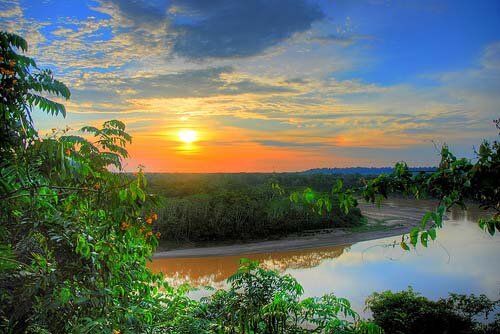
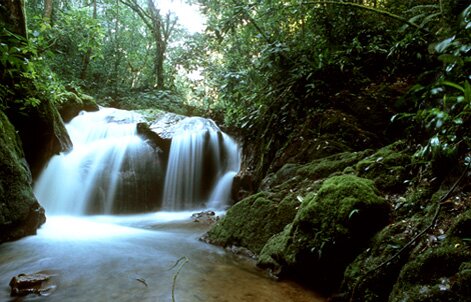
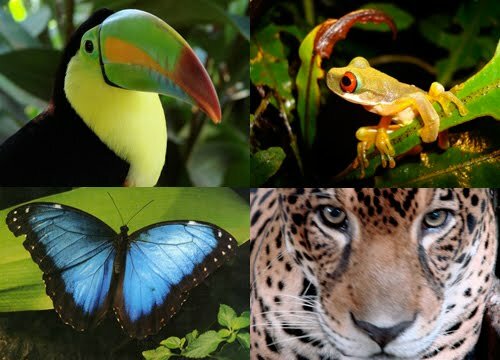
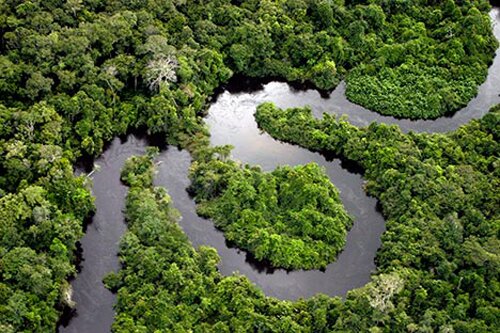
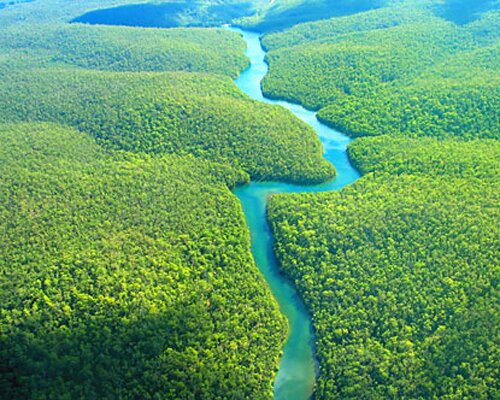


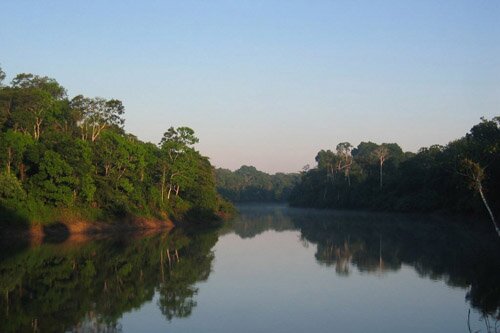
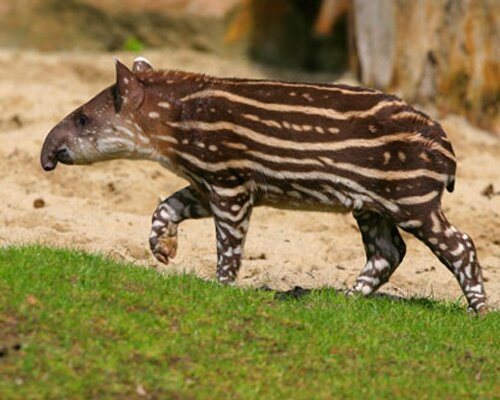
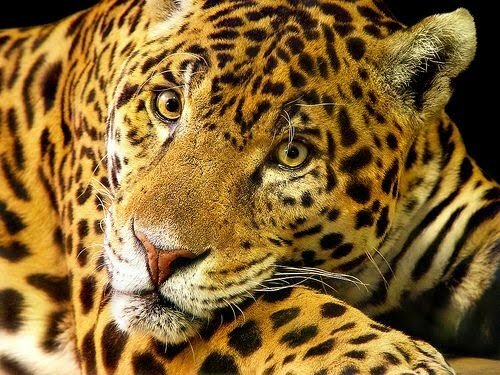
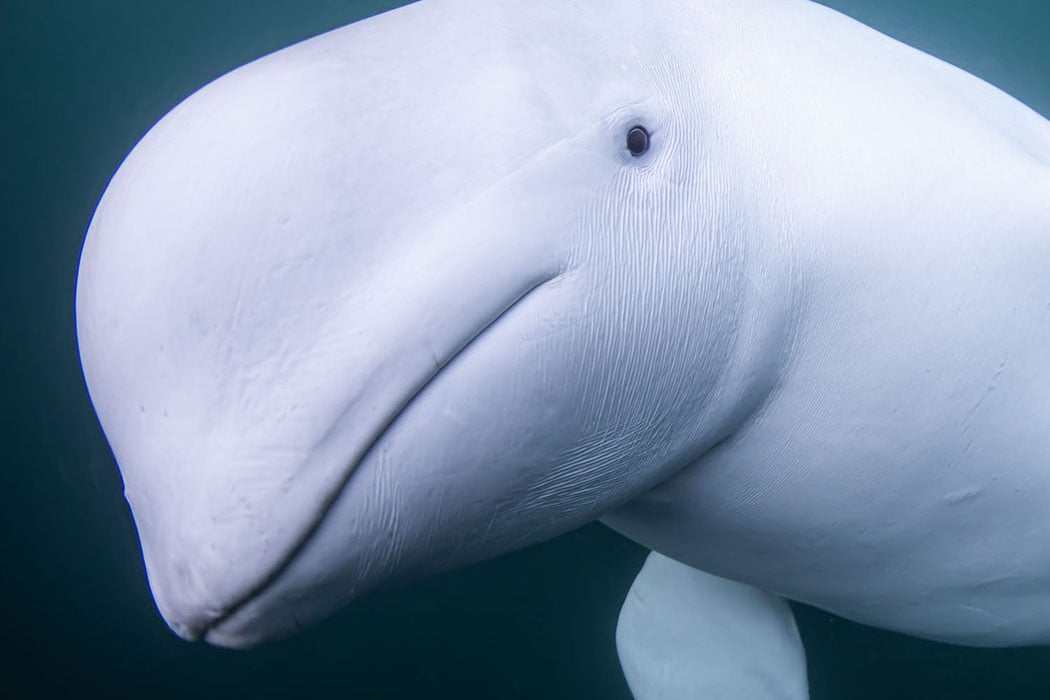





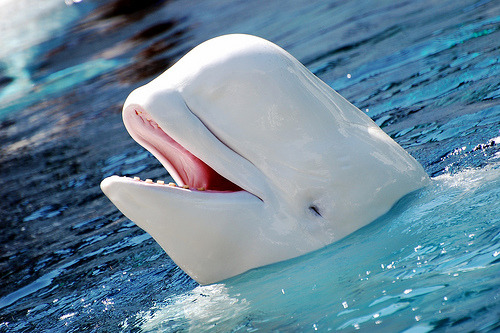














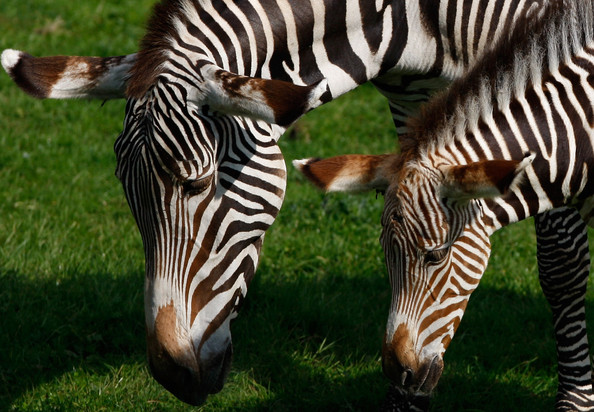 c
c 